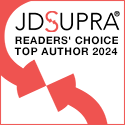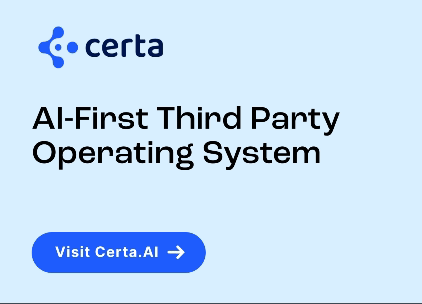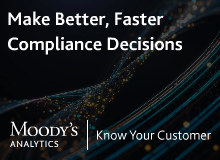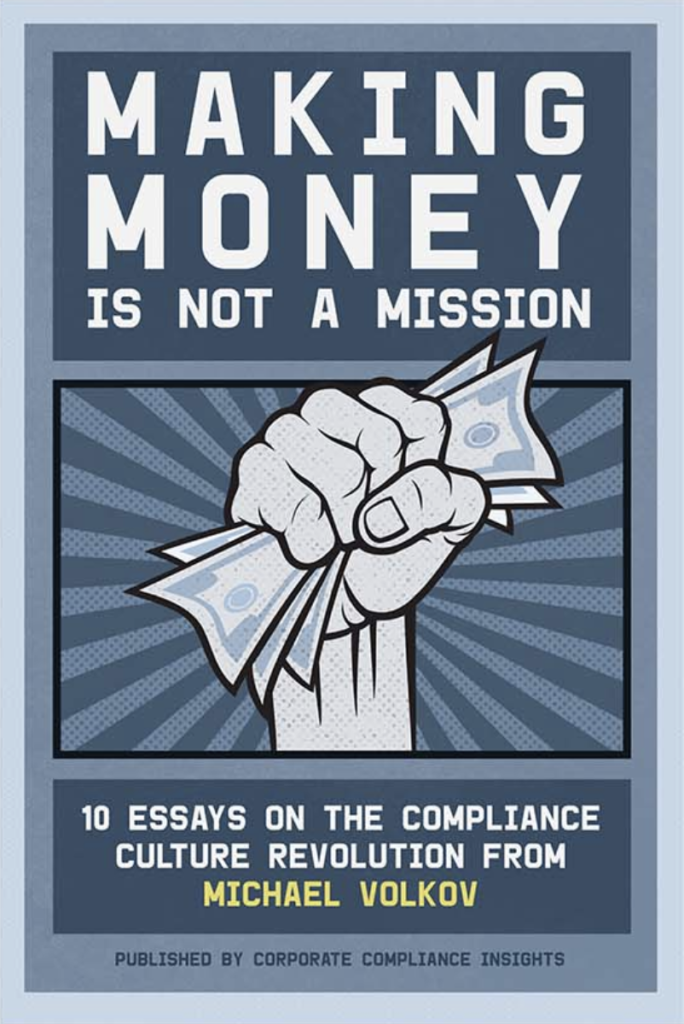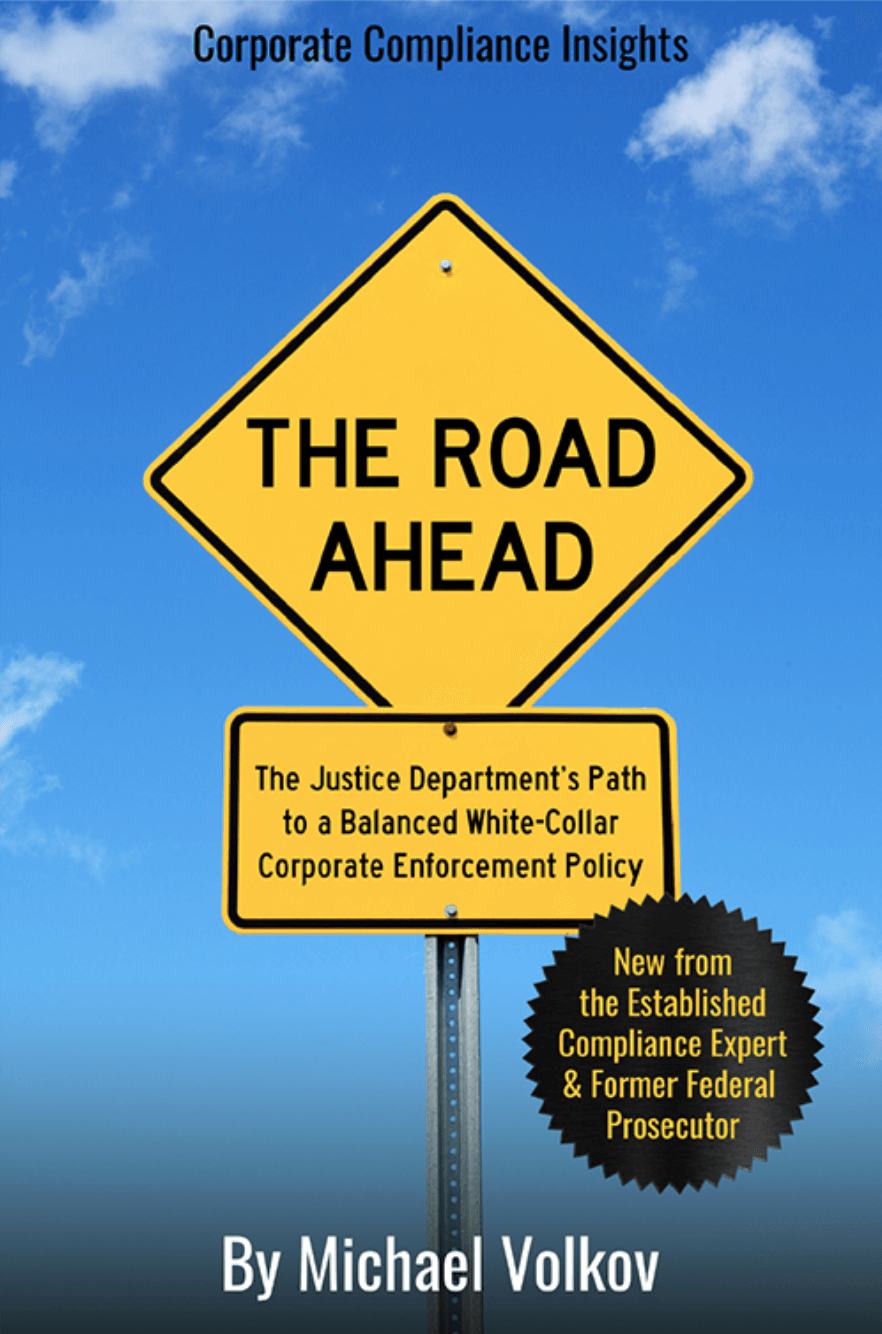LRN Issues New Report Highlighting High-Performing Compliance Programs

In reporting on a survey of 1500 global ethics and compliance professionals, LRN reports on important trends and measurements.
This year’s key findings:
- High-impact programs regularly use benchmarking data, reporting data and leverage advanced tools, including data analytics and automation to manage compliance.
- Executives are perceived as more willing to make difficult decisions consistent with company values.
- High-impact programs regularly use misconduct trend analysis.
- Younger employees are more likely to view managers with skepticism concerning their commitment to fairness.
- High-impact programs are increasing focus on emerging risks such as third-party due diligence and supply chain compliance.
- The top challenges facing companies are the same as the year before: (1) outdated internal systems (64%); (2) complex regulatory environments (59%); (3) budget constraints (55%); (4) mergers and acquisitions pressures (52%) and (5) staff shortages (51%).
High-impact programs are more adept at addressing emerging technologies, including AI risks and incorporating AI issues into their code of conduct. High-impact companies use AI in their training programs.
High-impact companies rely on misconduct trend analysis to compare their performance versus medium and low-impact programs. In doing so, high-impact companies use this analysis to make data-driven decisions, while medium performing programs face persistent challenges.

Further, high-impact programs actively use Speak Up data to identify areas for improvement, and leverage these insights to improve culture and reinforce employee trust.
A high-impact program is more likely to understand regulatory complexities and the impact on their business operations.
In managing third-party risks, high-impact programs understand that robust third-party due diligence is an important function. Such programs often use automated platforms to mitigate these risks.
Three key differences exist between high and medium impact compliance programs. To address these differences, medium impact programs have to focus on these three areas: (1) enhanced training; (2) implementation of an automated solution to support training and third-party risks; and (3) encouraging sharing and collaboration among high-impact program colleagues and medium-impact programs.
LRN’s report cites the growing disconnect between leaders and middle management. Even though there has been an increased focus on middle managers, companies have not devoted enough attention to this issue. Senior leaders are perceived to be more ethical and dedicated to their values. Middle managers have been lacking in their attention to values, communication and reinforcing their overall commitment to ethical values.
LRN also reports on key trends with Generation Z employees. Most Gen Z employees do not have a positive perception of their middle managers and report that these managers are less committed to ethical standards. Gen Z employees experience a trust gap and are more unwilling to report incidents to middle managers for fear of retaliation.
In contrast, other employees from millennial, Gen X and boomers have much higher reported commitments to ethical standards and are more willing to report misconduct when observed.




